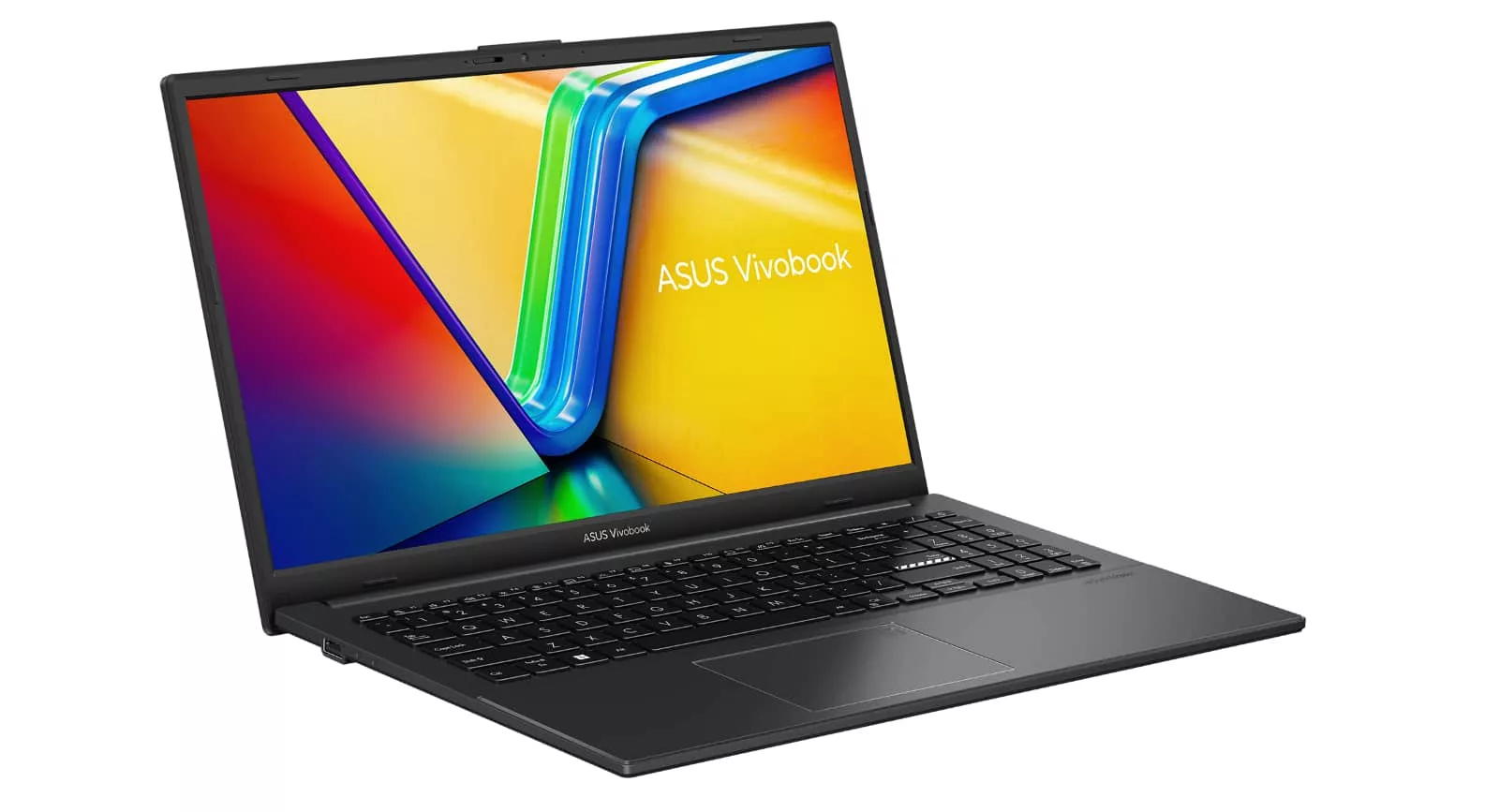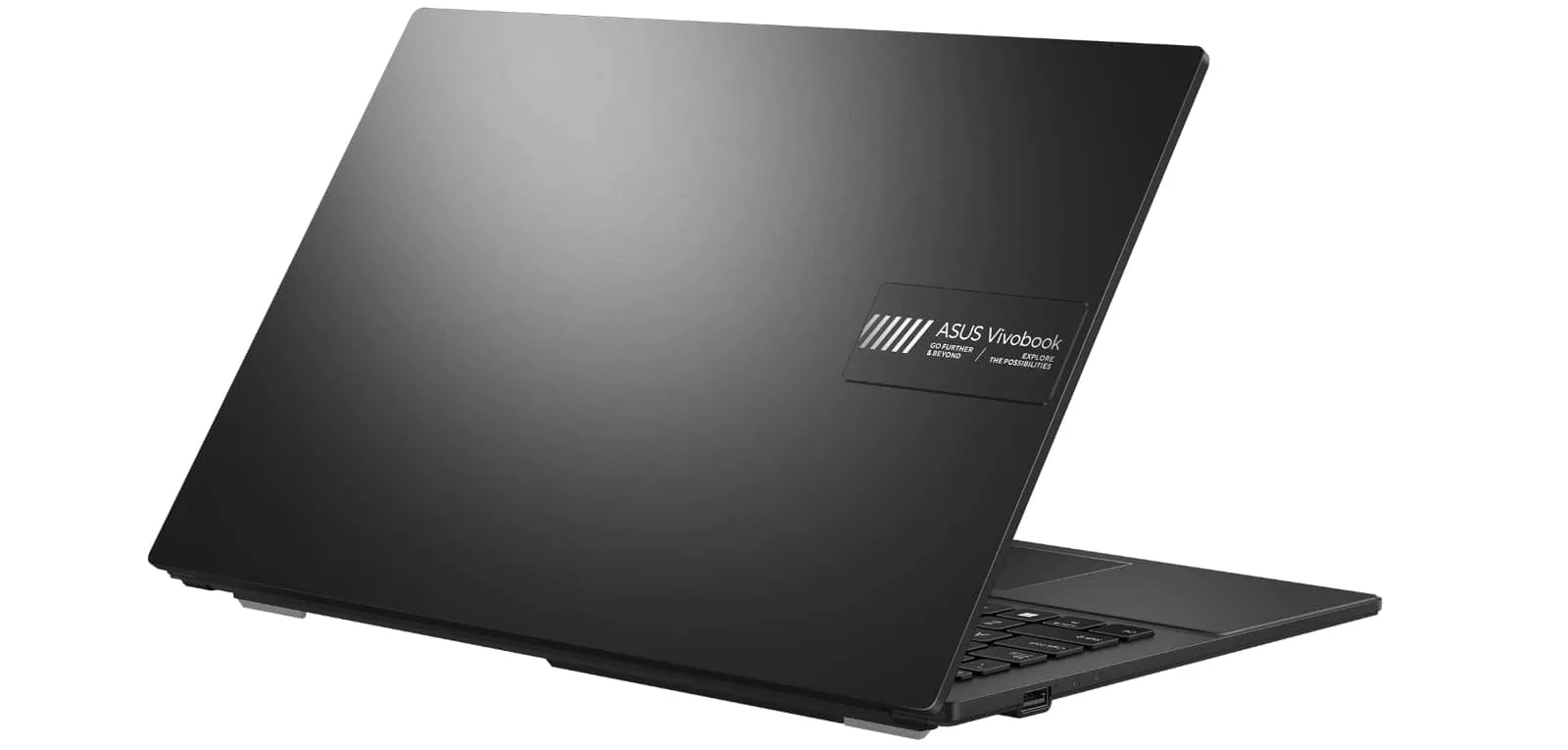Great screens in portable computing are often expensive, but a recent range from Asus aims to fix that with a sub-$1K price.
We’ve been around the computer reviewing space for longer than we should probably admit, and despite our age and experience, one of the consistent sour points in laptops is the screen. Yes, you get one, and it’s a key part, but for the longest time, many laptop makers were putting in mediocre screens.
Depending on how old you are, you’ve probably owned one. The sort of screens that wash out at angles that aren’t dead on, the glaring obvious trademark feature that tells reviewers it’s a Twisted Nematic (TN) panel and thrown in because it’s cheap, often paired with a lower resolution just because the company could.
In the past few years, this sort of technology has largely gone away, replaced with higher grade In-Plane Switching (IPS) panels, the likes of which you can find on many tablets, too.
There’s even better technology, though, and your phone may well have it, with OLED panels able to deliver bright crisp colours with solid blacks, thanks to pixels that turn off. Glance at an OLED TV and you’ll see that in action, or even at the many phones that use OLED panels in some form or another.
Finding OLED on a laptop typically means paying more money, thanks in part to it being a premium technology, but it doesn’t always have to command a higher cost.
A recent machine from Asus aims to make OLED for everyone, with the VivoBook Go 15 OLED delivering an affordable OLED laptop, pricing the machine at just a hair under a thousand dollars.

Different from the OLED Zenbook we checked out recently, the VivoBook Go 15 OLED still keeps things relatively thin at 17.9mm and relies on an AMD Ryzen chips, with the $999 option including a Ryzen 3 with 8GB RAM and 512GB storage. Subsequent models can up the chip and memory, bringing it to a max of a Ryzen 5 and 16GB RAM, both of which can deliver a little more speed and bandwidth to work with.
In either case, the hinge design allows the laptop to lay flat to show other people the screen with quick sharing, while Asus’ other features include noise cancellation technology for virtual meetings and a speedy battery charge able to go from zero to 60 percent in less than an hour.

But the most obvious feature of the VivoBook Go 15 OLED range is in the name — the OLED screen, which measures 15 inches and uses Asus Lumina OLED technology, cutting some blue light, and showing up to 1920×1080 Full HD.
Price is the next main focus, with the VivoBook Go 15 OLED starting at $999 in Australia, with the most pricey model fetching $1299 for slightly higher specs. The VivoBook Go 15 OLED range is available now.






